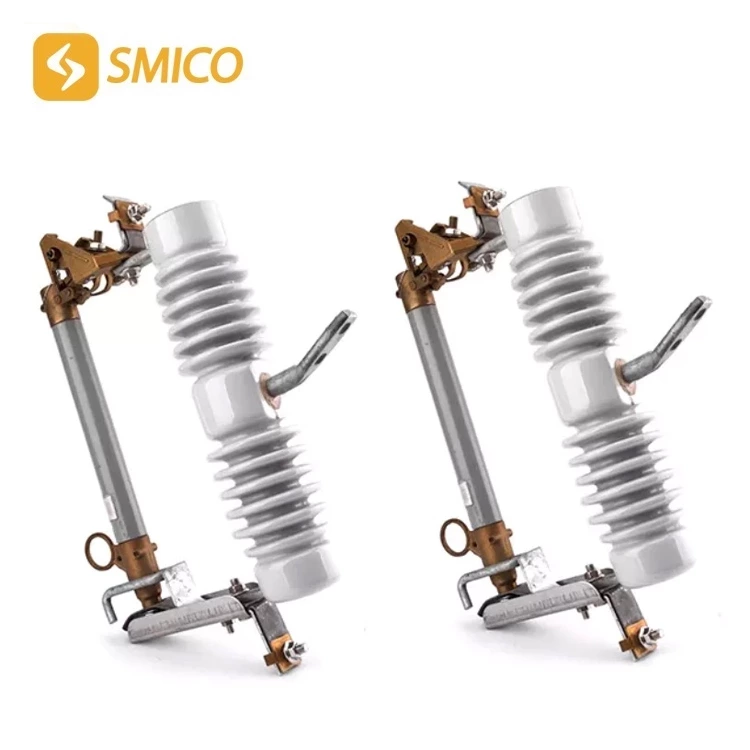Installation Of High Voltage Drop-out Fuse
Installation of high-voltage drop out fuse
(1) When installing 11 kv drop out fuse, the fuse should be tightened (so that the fuse is subjected to a tensile force of about 24.5N), otherwise it is easy to cause the contacts to heat up.
(2) 11kv drop out fuse should be installed firmly and reliably on the cross arm (frame) without any shaking or swaying.
(3) The fuse tube should have a downward inclination of 25°±2° so that the fuse tube can fall quickly under its own weight when the fuse melts.
(4) 11kv drop out fuse manufacturer should be installed on a cross arm (frame) with a vertical distance of not less than 4m from the ground. If installed above the distribution transformer, 33kv drop out fuse should maintain a horizontal distance of more than 0.5m from the outer contour boundary of the distribution transformer to prevent other accidents caused by the fuse tube falling.
(5) The length of the fuse tube should be adjusted appropriately. It is required that the duckbill tongue can hold more than two-thirds of the contact length after closing the switch to avoid malfunction of falling off during operation. The fuse tube should not be blocked by the duckbill to prevent the fuse tube from falling off in time after the fuse is melted.
(6) The fuse used needs to be a standard product of a regular manufacturer and have a certain mechanical strength. Generally, the fuse is required to withstand a tensile force of more than 147N.
(7) When 10kV33kv fuse is installed outdoors, the phase-to-phase distance is required to be greater than 70cm.

